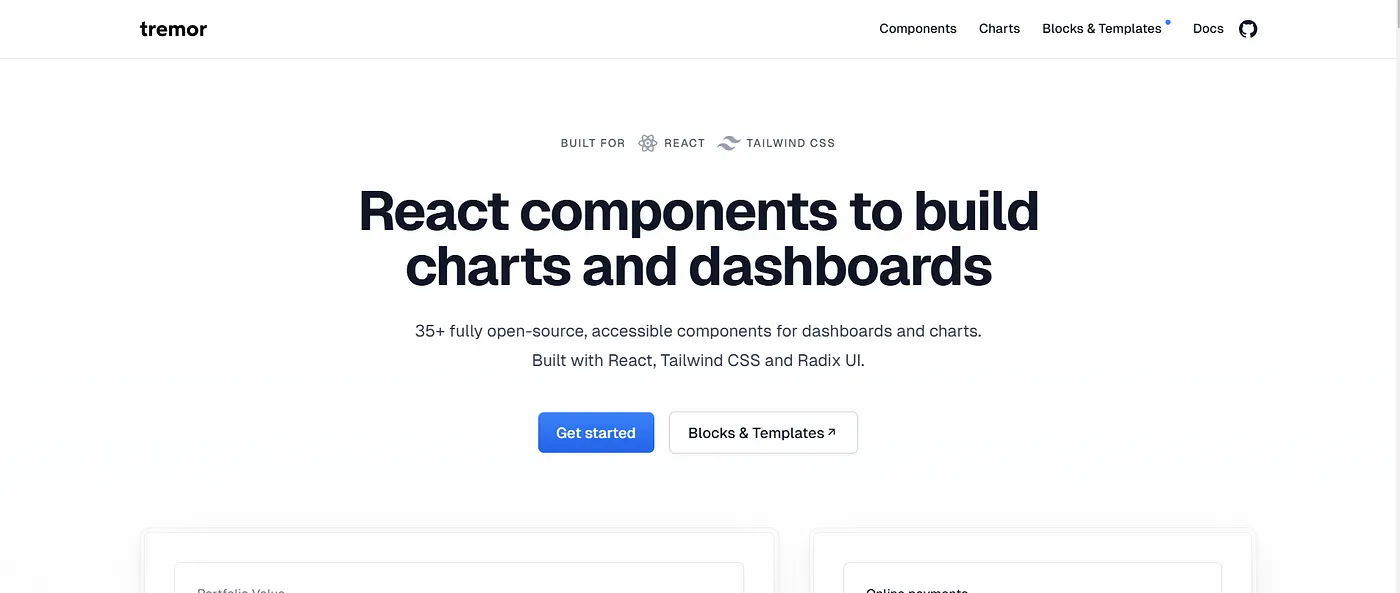Top 10 Best React Libraries You Should Try in 2025
Naym Hossen
Published in February 11, 2025
Top 10 Best React Libraries You Should Try in 2025
React continues to evolve, and the ecosystem around it grows every year. In 2025, several libraries stand out for their functionality, ease of use, and performance benefits. Here are the top 10 React libraries you should definitely try this year.
1. React Query
React Query simplifies data fetching, caching, and state synchronization in React applications. With automatic background refetching and built-in

caching mechanisms, it’s a must-have for handling server state efficiently.
import { useQuery } from '@tanstack/react-query';
const fetchData = async () => {
const response = await fetch('https://api.example.com/data');
return response.json();
};
const MyComponent = () => {
const { data, isLoading, error } = useQuery(['dataKey'], fetchData);
if (isLoading) return <p>Loading...</p>;
if (error) return <p>Error loading data</p>;
return <pre>{JSON.stringify(data, null, 2)}</pre>;
};
2. Zustand
Zustand is a lightweight state management library that’s simpler and more intuitive than Redux. With minimal boilerplate, it offers a powerful alternative for managing global state.
import create from 'zustand';
const useStore = create((set) => ({
count: 0,
increment: () => set((state) => ({ count: state.count + 1 })),
}));
const Counter = () => {
const { count, increment } = useStore();
return <button onClick={increment}>Count: {count}</button>;
};
3. React Hook Form
React Hook Form is a powerful library for managing forms efficiently with minimal re-renders. It integrates well with validation libraries like Zod and Yup.
import { useForm } from 'react-hook-form';
const MyForm = () => {
const { register, handleSubmit } = useForm();
const onSubmit = (data) => console.log(data);
return (
<form onSubmit={handleSubmit(onSubmit)}>
<input {...register('name')} placeholder="Name" />
<button type="submit">Submit</button>
</form>
);
};
4. Recharts
Recharts is an excellent library for creating data visualizations in React. It is based on D3.js and offers a simple API for building beautiful charts.
import { LineChart, Line, XAxis, YAxis, CartesianGrid, Tooltip, ResponsiveContainer } from 'recharts';
const data = [
{ name: 'Jan', value: 40 },
{ name: 'Feb', value: 60 },
{ name: 'Mar', value: 80 },
];
const MyChart = () => (
<ResponsiveContainer width="100%" height={300}>
<LineChart data={data}>
<XAxis dataKey="name" />
<YAxis />
<CartesianGrid strokeDasharray="3 3" />
<Tooltip />
<Line type="monotone" dataKey="value" stroke="#8884d8" />
</LineChart>
</ResponsiveContainer>
);
5. Framer Motion
Framer Motion is the best animation library for React, allowing developers to create smooth and interactive UI animations easily.
import { motion } from 'framer-motion';
const AnimatedBox = () => (
<motion.div animate={{ x: 100 }} transition={{ duration: 0.5 }}>
Move Me!
</motion.div>
);
6. React Three Fiber
React Three Fiber is a powerful library for rendering 3D graphics using Three.js in React apps.
import { Canvas } from '@react-three/fiber';
import { Box } from '@react-three/drei';
const MyScene = () => (
<Canvas>
<Box args={[1, 1, 1]}>
<meshStandardMaterial color="hotpink" />
</Box>
</Canvas>
);
7. Radix UI
Radix UI provides unstyled, accessible UI primitives that can be customized with any styling solution.
8. React Helmet
React Helmet helps manage the document head, making it essential for SEO optimization in React applications.
9. React Email
React Email allows you to build beautiful, responsive emails using React components.
10. ShadCN/UI
ShadCN/UI is an excellent library for beautifully designed, accessible UI components built on Radix.
Conclusion
These React libraries can significantly enhance your development workflow in 2025. Whether you're looking for state management, UI components, or animations, these tools will help you build faster, better, and more scalable applications. Try them out and see how they fit into your projects!
💡 Which React library do you find the most useful? Let us know in the comments!